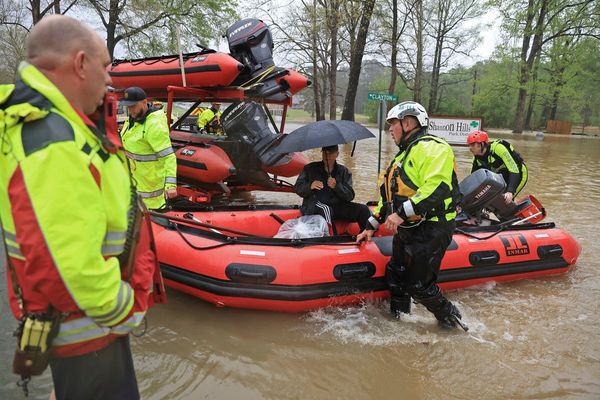A ROW has erupted over trans people being placed in prisons which match their chosen gender.
It comes after Isla Bryson – formerly known as Adam Graham – was found guilty of raping two women at the High Court in Glasgow.
Although the crimes were committed while Bryson identified as a man, it is understood she is being held at Cornton Vale women’s prison in Stirling.
SNP MP Joanna Cherry has been among the politicians raising concerns about the safety of the “vulnerable” female prisoners housed with Bryson.
Scottish Tory MSP Russell Findlay, “100%” endorsed by his colleague Murdo Fraser, tried to place the blame for the situation on the Scottish Government – despite the gender reform bill having been blocked from becoming law by the UK Government.
But did the Gender Recognition Reform (Scotland) Bill have anything to do with prisons? Here are the facts.
How is the decision on which prison to place trans people made?
It is the Scottish Prison Service’s (SPS) role to take the decision on where to place trans prisoners.
The decision does not hinge on whether the person has a Gender Recognition Certificate (GRC), or on whether they have gone through any physical transformation.
Instead, decisions are made based on “protecting both the wellbeing and rights of the individual and those around them, including staff”, an SPS spokesperson said.
The service emphasised that a “comprehensive individualised risk assessment” is used to inform decisions on the appropriate placement for trans people.
“The Gender Recognition Reform (Scotland) Bill does not change this process in any way,” an SPS spokesperson added.
Did the “SNP, Greens and LibDems” vote down a Tory attempt to prevent trans women convicted of violence placed into female prisons?
Scottish Tory MSP Russell Findlay claimed: “We tried to prevent such situations [trans women criminals being placed in female prisons] by blocking accused criminals from obtaining a Gender Recognition Certificate. But we were voted down by the SNP, Greens and LibDems.”
However, Findlay’s amendment would not have had the effect he claimed.
A Gender Recognition Certificate (GRC) is not needed for a trans person to be placed in the prison which matches their gender identity. This is true across Britain.
The Tory MSP’s amendment was voted down, but another which has “the same effect” was passed.
“Russell Findlay wanted to ban people from applying [for a GRC], that’s not competent. It’s against the European Convention on Human Rights,” SNP MSP Gillian Martin said.
Instead, Martin’s passed amendment would have seen “existing police powers, existing risk assessment processes” used to block someone from applying for a GRC.
Bryson’s case may well have met the threshold to prevent an application – but their having a GRC would have no bearing on which prison they are placed in.







